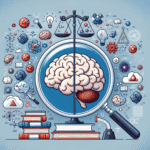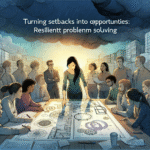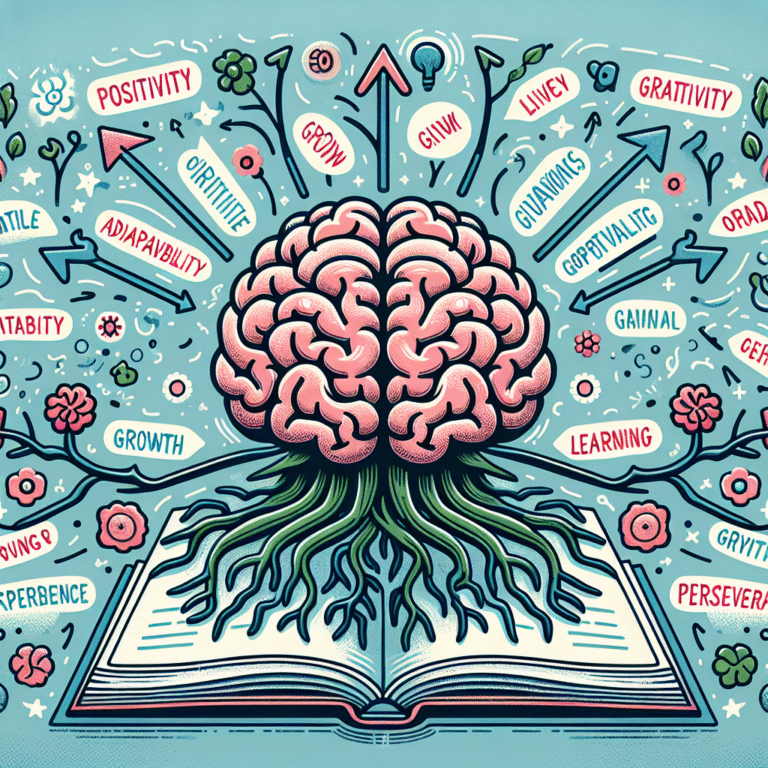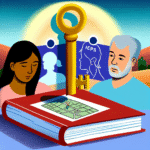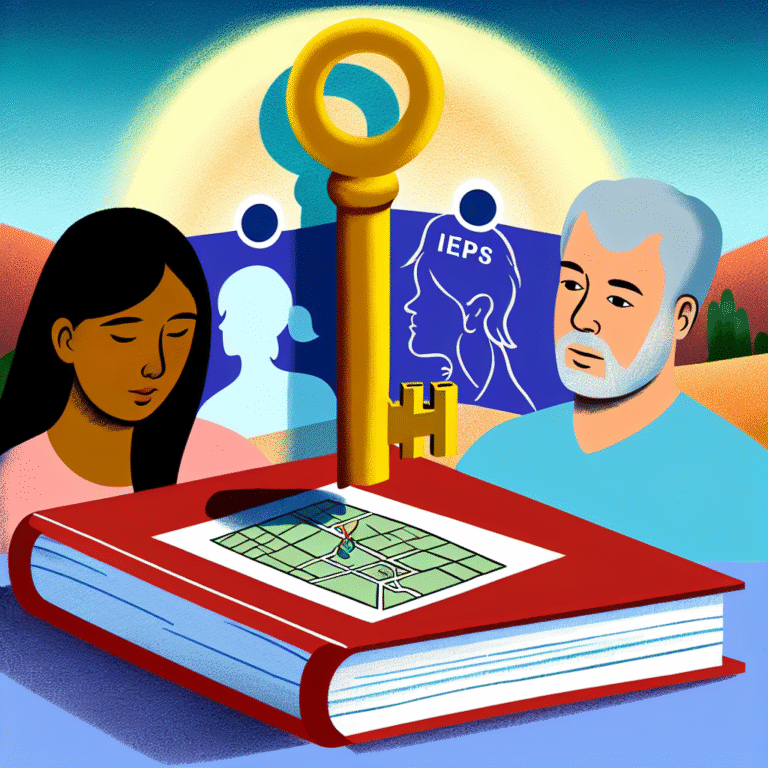
Introduction
In an increasingly multicultural world, educational environments are becoming more diverse, representing a rich tapestry of cultures, languages, and backgrounds. This diversity presents both challenges and opportunities for educators. The concept of Culturally Responsive Management: Tailoring Approaches to Diverse Classrooms emerges as an essential framework to navigate these complexities. As educators strive for inclusivity and effective communication, they must adapt their management strategies to resonate with all students. By doing so, they not only enhance learning experiences but also cultivate a sense of belonging among every student.
The Importance of Culturally Responsive Management
Culturally Responsive Management (CRM) is not just a pedagogical strategy; it is a commitment to recognizing and valuing the diverse cultural backgrounds of students. Studies have shown that diverse classrooms, when managed effectively, lead to increased student engagement, improved academic performance, and a greater sense of community.
Key Principles of Culturally Responsive Management
- Awareness: Understanding your own cultural biases and how they can influence classroom dynamics.
- Communication: Establishing open lines of communication with students and their families.
- Curriculum Inclusivity: Incorporating diverse perspectives into the curriculum.
- Community Engagement: Involving local communities to enhance learning contexts.
- Assessment and Reflection: Regularly assessing the effectiveness of management strategies and reflecting on improvements.
Case Study: A Classroom Implementation
Consider a middle school in a metropolitan area with significant Latino and African American populations. The school’s administration implemented a CRM approach by revising the curriculum to include literature that reflects the students’ backgrounds and experiences.
Analysis: Teachers observed a marked increase in student participation and interest in topics that resonated with their cultural narratives. This case highlights the importance of relevance in education, underscoring the core of Culturally Responsive Management: Tailoring Approaches to Diverse Classrooms.
Building Relationships: The Heart of CRM
Building strong relationships with students is fundamental to effective management. This can be accomplished through various strategies:
- Home Visits: Engaging with families outside the classroom setting to build trust and understanding.
- Student-led Conferences: Giving students agency in discussing their learning processes with parents and teachers.
Table of Strategies for Building Relationships
| Strategy | Description | Expected Outcome |
|---|---|---|
| Home Visits | Personal visits to student homes | Heightened trust and rapport |
| Student-Led Conferences | Students lead discussions about their learning | Increased ownership of education |
| Cultural Celebrations | Celebrate diverse cultural events | Enhanced community feeling |
Curriculum Design: More Than Just Content
Incorporating culturally relevant materials is critical. It’s not enough to simply add a few diverse books to the shelf; the entire curriculum needs a refresh.
- Multicultural Literature: Including authors from diverse backgrounds helps students see themselves in the curriculum.
- Project-Based Learning: Develop projects that encourage students to explore their own cultures and share them with peers.
Case Study: Project-Based Learning in Action
A high school in California used a project-based learning approach based on students’ cultural heritages. Students were tasked with creating digital presentations on their family’s history, integrating various subjects like history, technology, and art.
Analysis: This method not only fostered collaboration but also deepened students’ respect for each other’s backgrounds, embodying the essence of Culturally Responsive Management: Tailoring Approaches to Diverse Classrooms.
Fostering an Inclusive Environment
Creating an environment where all students feel safe and valued is paramount. Here are strategic approaches:
- Flexible Seating Arrangements: Providing various seating options to encourage collaboration.
- Cultural Expression: Allow students to express their cultural identity through themed days or projects.
Chart: Elements of an Inclusive Classroom Environment
| Element | Impact |
|---|---|
| Flexible Seating | Promotes collaboration and comfort |
| Cultural Days | Encourages student self-expression and pride |
| Inclusive Language | Fusion of multiple languages fosters acceptance |
Engaging Families in the Educational Process
Family engagement is often overlooked but is a crucial aspect of CRM. Here are key strategies to enhance this connection:
- Regular Communication: Use technology to keep families informed and engaged.
- Cultural Events: Host events that celebrate the diverse backgrounds of the students.
The Role of Technology in CRM
Technology plays a vital role in Culturally Responsive Management. Tools such as social media can bridge communication gaps, while educational apps provide tailored learning experiences for diverse learners.
Case Study: Technology Enhancing Engagement
A school district implemented a mobile app that translated communications into multiple languages, ensuring that all families received essential information in a language they understood.
Analysis: This innovation significantly increased parental involvement and decreased feelings of isolation among non-English speaking families, showcasing the transformative power of Culturally Responsive Management: Tailoring Approaches to Diverse Classrooms.
Continuous Improvement: Feedback and Adaptation
To remain effective, educators must be willing to reflect on their management strategies. Regular feedback from students and families can provide valuable insights into what is working and what is not.
Tools for Collecting Feedback
- Surveys: Anonymous surveys to gather honest opinions.
- Focus Groups: Engaging small groups of students for in-depth discussion.
Conclusion
As classrooms evolve, the need for Culturally Responsive Management: Tailoring Approaches to Diverse Classrooms becomes increasingly critical. By actively engaging with diverse viewpoints, adapting teaching practices, and creating inclusive environments, educators can not only enhance student learning but also prepare them to thrive in a multicultural world.
Actionable Insights
- Embrace diversity in your classroom management approaches.
- Regularly evaluate and adapt your strategies based on feedback.
- Foster strong relationships with students and families.
FAQs
What is Culturally Responsive Management?
- CRM involves strategies that recognize and value diverse cultural backgrounds in educational settings.
How can I start implementing CRM in my classroom?
- Begin with self-reflection, and research your students’ cultural backgrounds. Adjust your curriculum to include diverse perspectives.
Is there training available for teachers on CRM?
- Yes, many institutions offer professional development programs focused on culturally responsive teaching and management.
What challenges might I face while implementing CRM?
- Common challenges include resistance from colleagues, lack of resources, and the potential for miscommunication.
- How can families be involved in CRM?
- Involve families by hosting cultural events, maintaining open lines of communication, and inviting them to participate in classroom activities.
By embracing Culturally Responsive Management: Tailoring Approaches to Diverse Classrooms, educators not only nurture a supportive learning environment but also equip their students with the skills to navigate and thrive in a diverse society.
